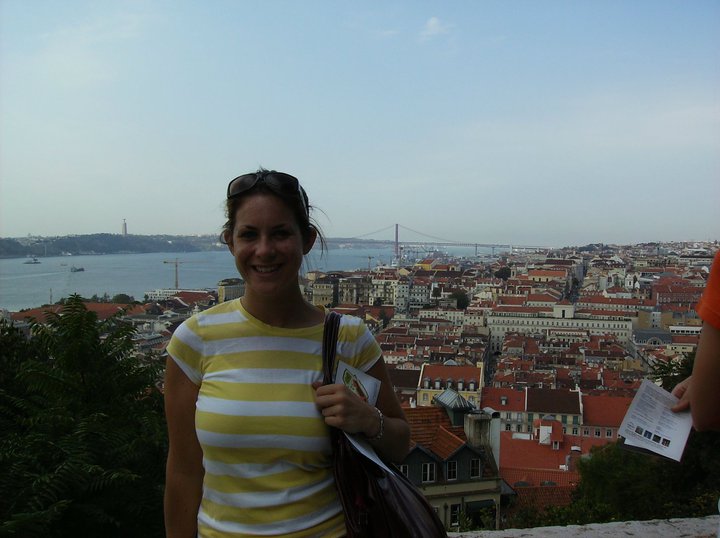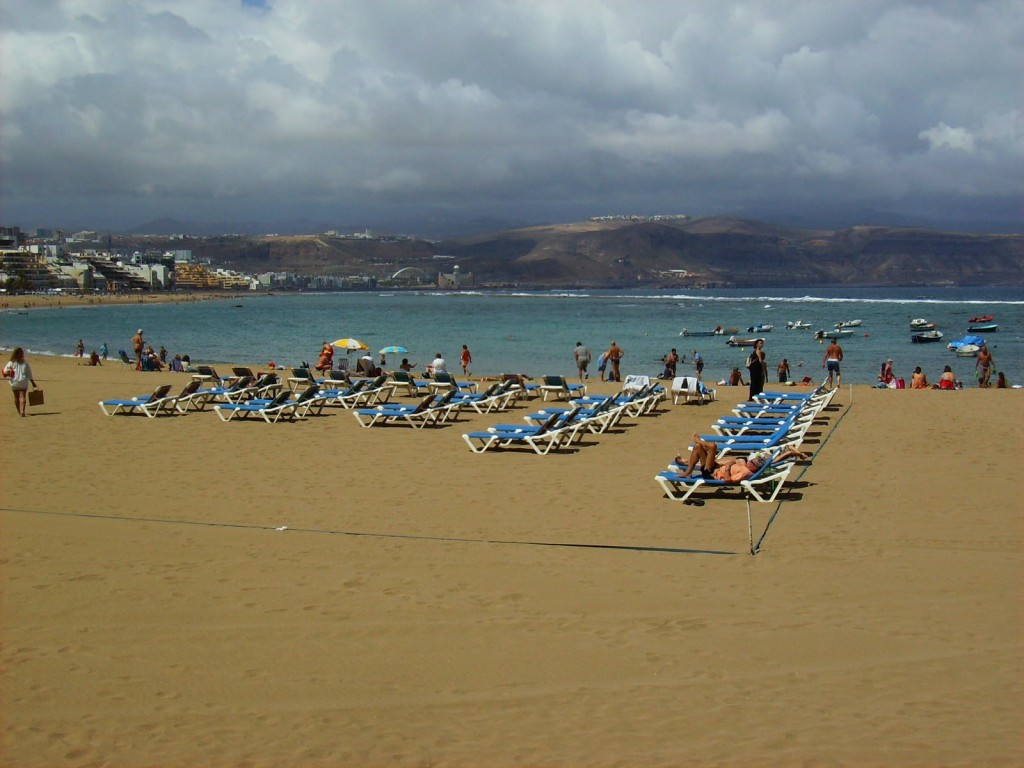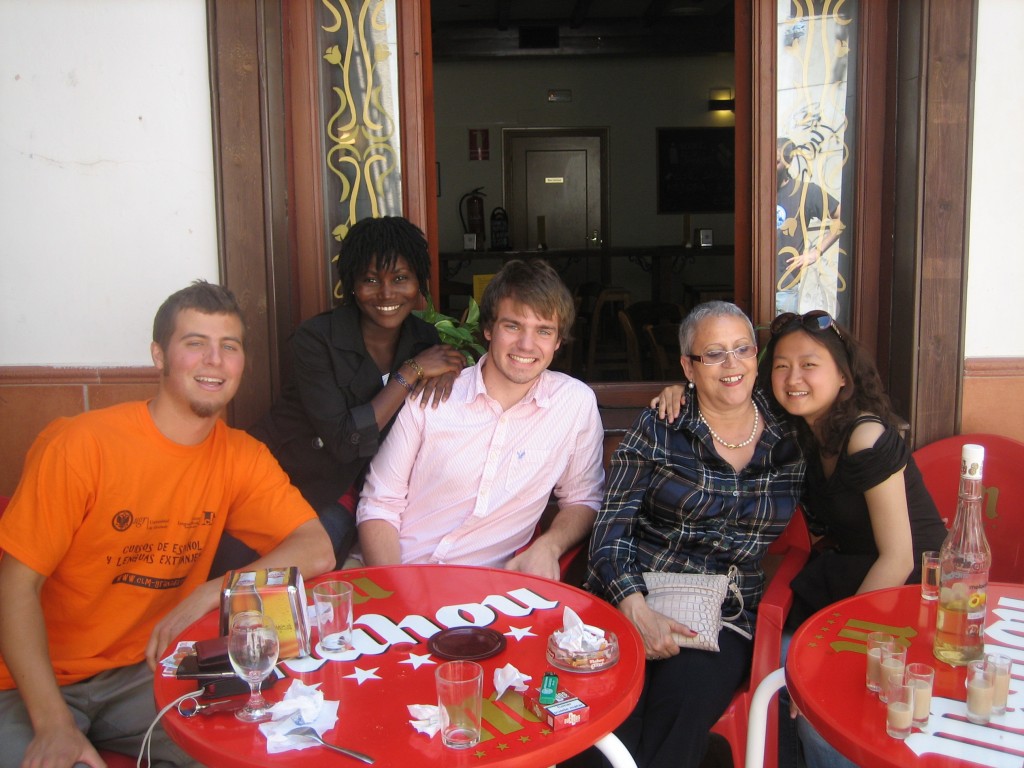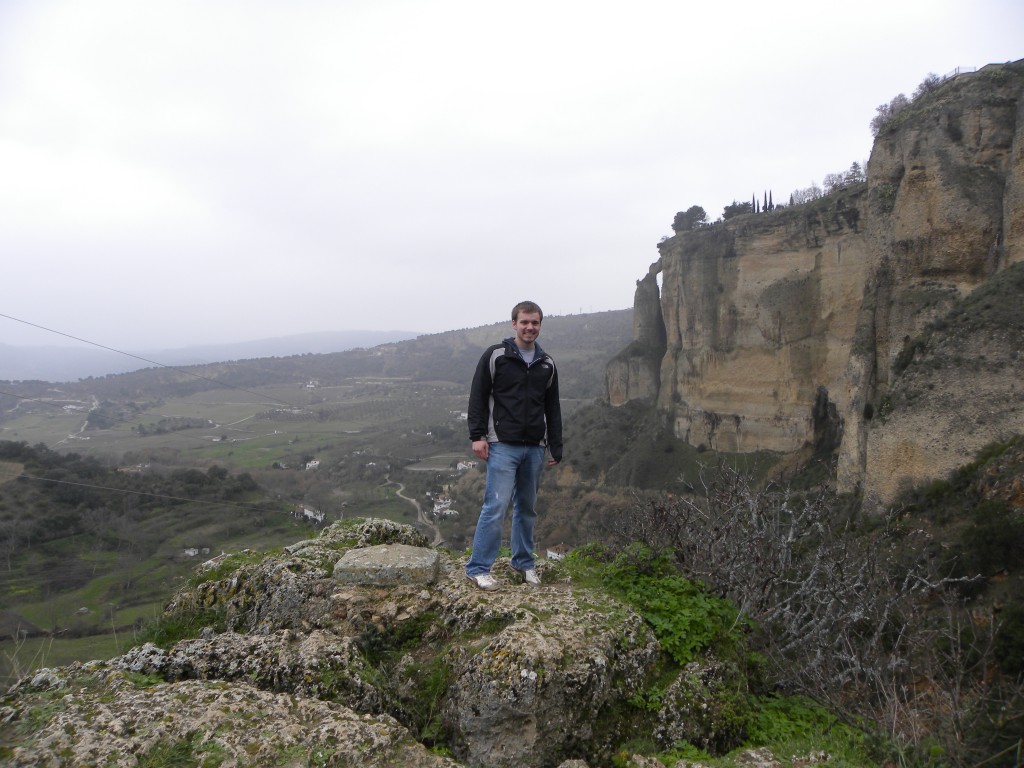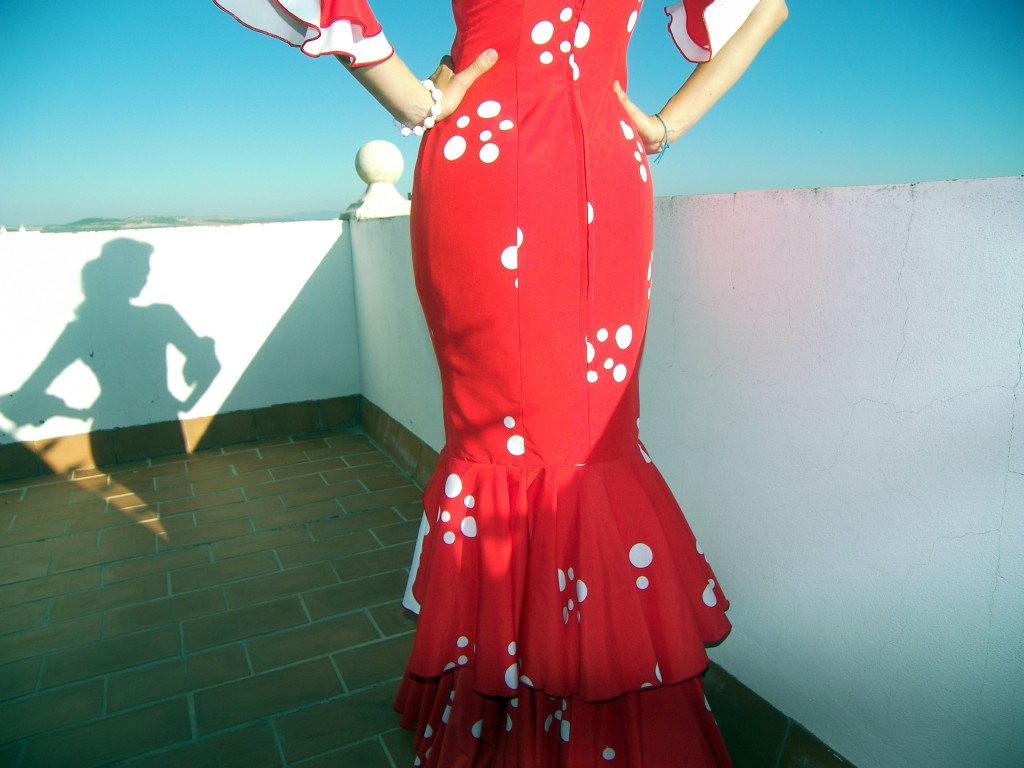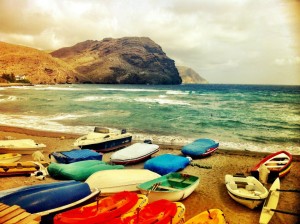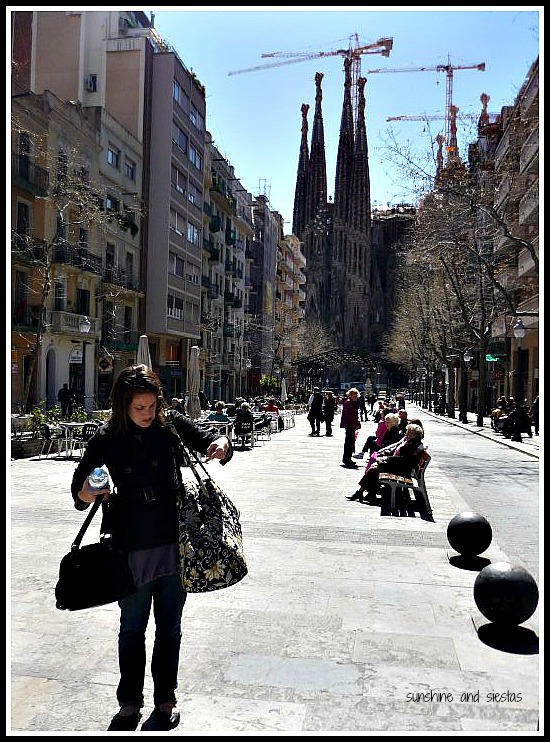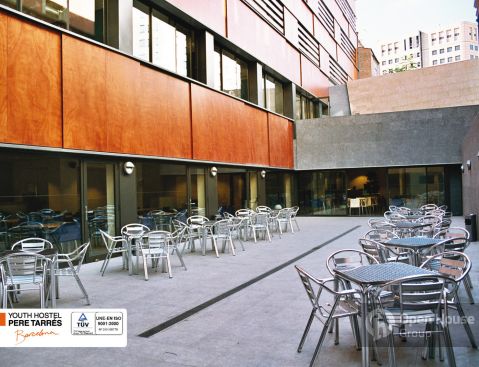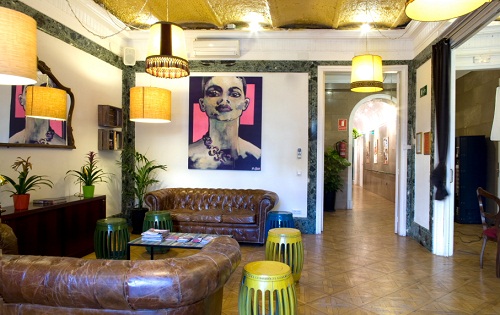Part of the attraction of residing in Seville; apart from the sunshine, siestas and delicious oranges is its proximity to so many weekend break destinations. Whether you’re after a quick city fix or an island beach break, you can take your pick of cheap flights from Seville.
The local government recently expanded the bus line to Aeropuerto San Pablo, the airport that services Seville and western Andalusia. The EA bus will now travel all the way to the Plaza de Armas bus station for 4€ one-way.
Lisbon, Portugal
In just six hours you can be in the beautiful Portuguese capital, Lisbon. The enchanting whitewashed houses climb high into the hills of this easy going city on the edge of the wild Atlantic Ocean. Quirky canary yellow trams navigate the windy streets of Lisbon passing the elegant architecture of the Castelo de São Jorge and the beautiful Museu do Teatro Romano.
Take a leisurely stroll along the Ponte Vasco da Gama, Europe’s longest bridge on the way to a Pastelaria where you’ll find heavenly sweet treats fresh from the oven. You can shop in the Centro Comercial Colombo or enjoy the peace and tranquillity of the lush Lisbon Botanical Gardens.
Museums and galleries mingle with local markets and cosy cafes. At night the famous Barrio Alto glistens as the clubs and ritzy wine bars throng with people, while the sound of Fado drifts on the air.
Marrakech, Morocco
‘Souk’ up the sun in this magical, dirty, spice scented city. Head for the bustling medinas to try out your haggling skills for that special carpet, teapot or Moroccan lamp; escape to the solitude of a glorious hammam where you can luxuriate in warm thermal waters while being pummelled and pampered to your heart’s content.
For something more energetic, take a hike into the breath-taking Atlas Mountains before discovering the city at night. Wind you way through snake charmers and story-tellers until you find a cosy little restaurant where you can feast on tangine and couscous to the sound of swaying palms.
Barcelona, Spain
For a chic city break brimming with bright colours and a vibrant art scene, grab a cheap flight to Barcelona. Stroll around the local markets and marvel at the magical architecture of Anton Gaudí s dreamlike Sagrada Família.
Get lost in museums dedicated to Picasso and Miró, or the jewellery boutiques and artisan workshops in the maze of streets around Mercat del Born. Explore the beautiful winding lanes of the Barri Gòtic, the city’s most historic quarter as you stumble upon mouth-watering dishes of tapas.
Don’t miss the lovely sight of Sunday’s at the Cathedral La Seu, where local elderly couples come to dance a Catalan folk dance called the Sardana. In winter, the Festival Internacional de Jazz de Barcelona comes to town. Cool bars and all night clubs make Barcelona the place to be if you’re after some non-stop nightlife, so consider staying in a swanky apartment.
Palma de Mallorca, Mallorca
If you’re after a getaway that offers culture, history and city life but with a side order of white sandy beach, you can’t do better than a weekend in Palma de Mallorca, which is actually a destination I’m hoping to get to in 2013.
Castles and classical Spanish architecture combine to give Palma elegance, with just a hint of ‘the Riviera’ as yachts glisten and bob in the blue harbour waters. The ancient historic centre boasts Arab baths and the Museum of Contemporary Art, showing Miro, Dali and Picasso. Palma is a fantastic place to bring the whole family. Kids will love a day at Aqualand Water Park or Marineland zoo, while adults can try a spot of sailing or windsurfing.
Alternatively, spend your days languishing on the beautiful Ciudad Jardin beach with its soft white sand, or on Cala Major beach whose waters are clear as crystal. At night, as the city lights twinkle, visit the famous Abaco cocktail bar in a former coaching house in the old town. There, every Friday at 11.30pm, fresh rose petals fall from a hidden balcony above a magnificent stone fireplace to the sound of classical Spanish music.
This post was made possible by Skyscanner, but all opinions are my own.
